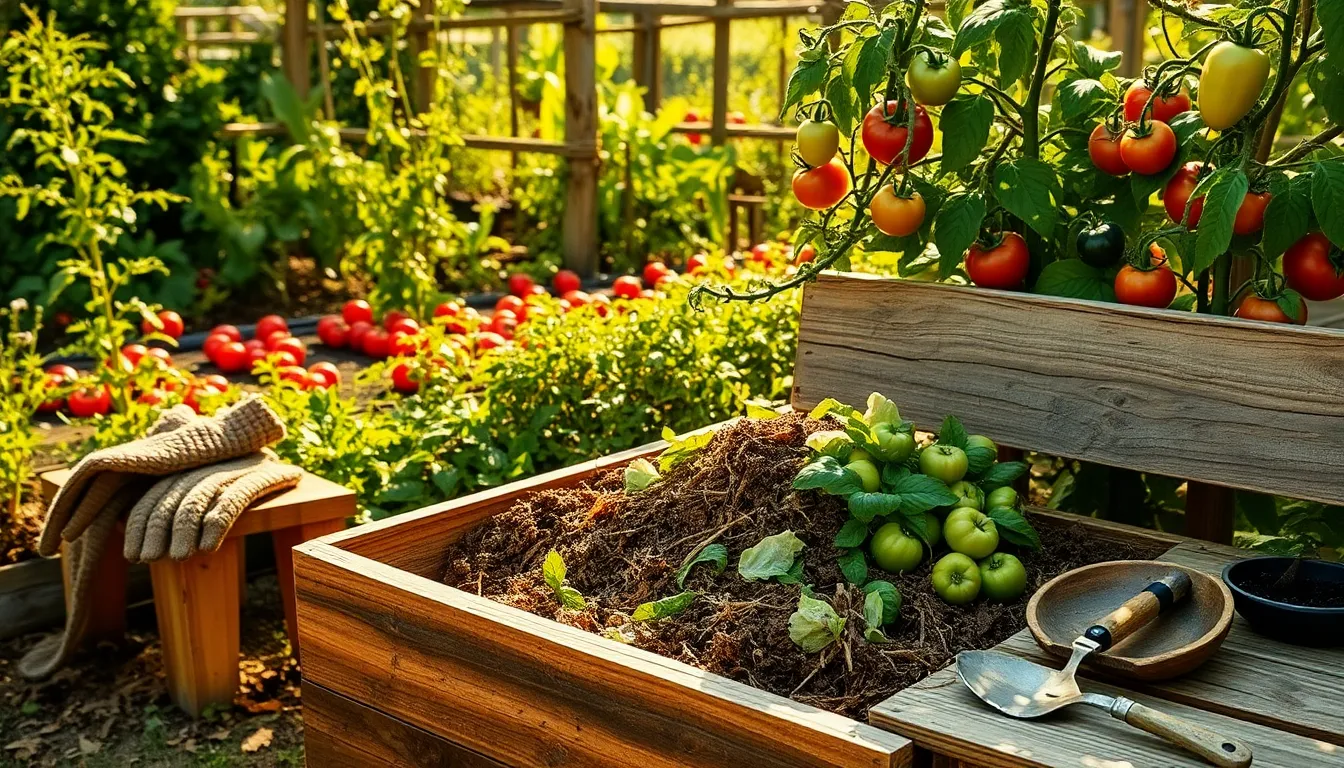Embarking on the journey of composting is like opening a door to nature’s own recycling system, where every banana peel and withered leaf can be transformed into black gold. Whether you’re a novice gardener just starting to dig your hands into the soil or a seasoned green thumb looking to enhance your garden’s vitality, understanding when to start a compost pile is key to maximizing its benefits. Composting not only enriches your garden with nutrient-dense soil but also reduces household waste, making it a sustainable choice for both your backyard and the planet.
Timing your composting efforts can make a significant difference in how efficiently your pile breaks down. In this article, we will delve into the seasonal nuances and practical considerations that can guide you in choosing the perfect moment to kickstart your compost pile. From understanding how temperature and moisture play a role to learning about the ideal balance of greens and browns, you’ll gain the confidence and knowledge needed to turn kitchen scraps and garden clippings into a gardener’s treasure. Let’s dive into the art of composting, where each step brings you closer to a thriving, self-sustaining garden.
Ideal Seasons for Composting
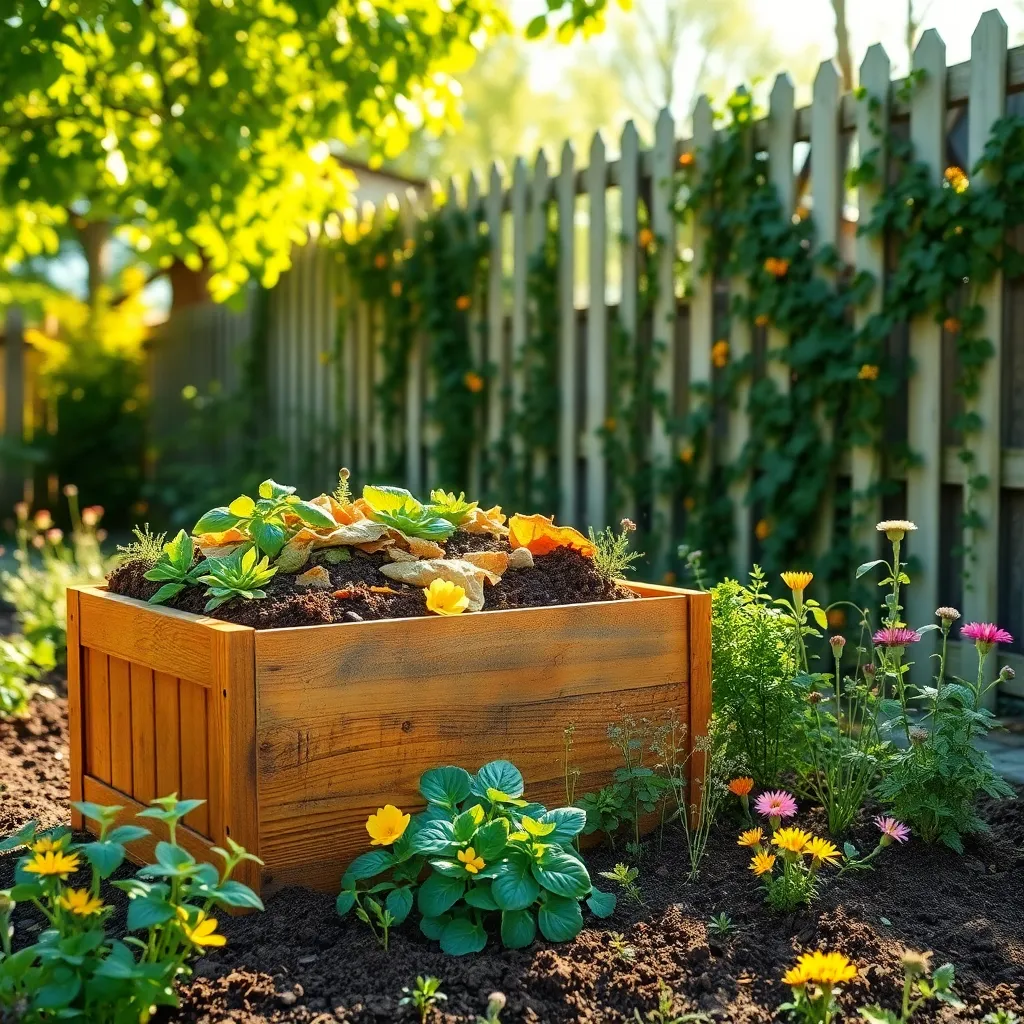
Composting can be started at any time of the year, but certain seasons offer more advantages. Spring is an ideal time to begin your compost pile because the warming temperatures help microbes become active, speeding up the decomposition process.
Summer provides heat, which is crucial for maintaining the high temperatures needed for effective composting. Ensure your compost pile stays moist by watering it occasionally, as summer heat can quickly dry it out.
Autumn is perfect for composting due to the abundance of fallen leaves and garden trimmings. Chop or shred these materials to increase their surface area, which accelerates decomposition.
While winter may slow down the composting process, it’s still a great time to collect kitchen scraps. Simply cover your pile with a tarp to retain heat and protect it from excess moisture, ensuring that microbes continue to work even in colder conditions.
Recognizing the Perfect Timing
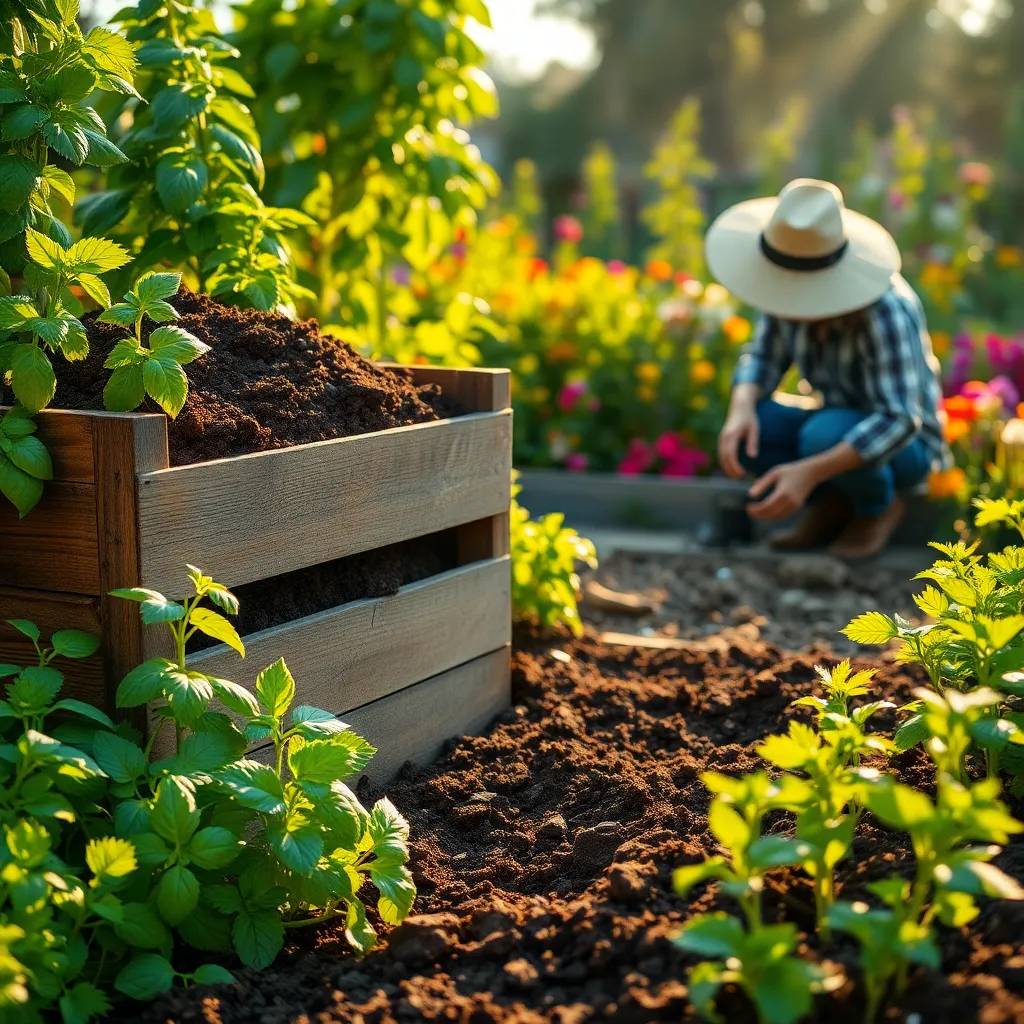
Understanding when to start your compost pile can make all the difference in its success. Generally, the best time to begin composting is during the warmer months when microorganisms are most active.
Starting a compost pile in late spring or early summer gives it ample time to break down materials before the colder months arrive. This period also coincides with increased garden activity, providing a variety of fresh organic materials like grass clippings and plant trimmings.
Ensure your compost pile is located in a spot that receives partial sunlight to help maintain the necessary warmth and moisture. If your location is particularly dry, consider watering your pile periodically to keep it moist but not soggy.
For beginners, a mix of green materials (like vegetable scraps and grass clippings) and brown materials (such as dried leaves and twigs) is essential. Aim for a balance of roughly three parts brown to one part green to optimize decomposition and reduce odors.
Advanced gardeners may experiment with adding specialized components like crushed eggshells or coffee grounds to enhance nutrient content. Remember to turn your compost pile every few weeks with a pitchfork to aerate it, which speeds up the decomposition process.
Weather Considerations for Starting
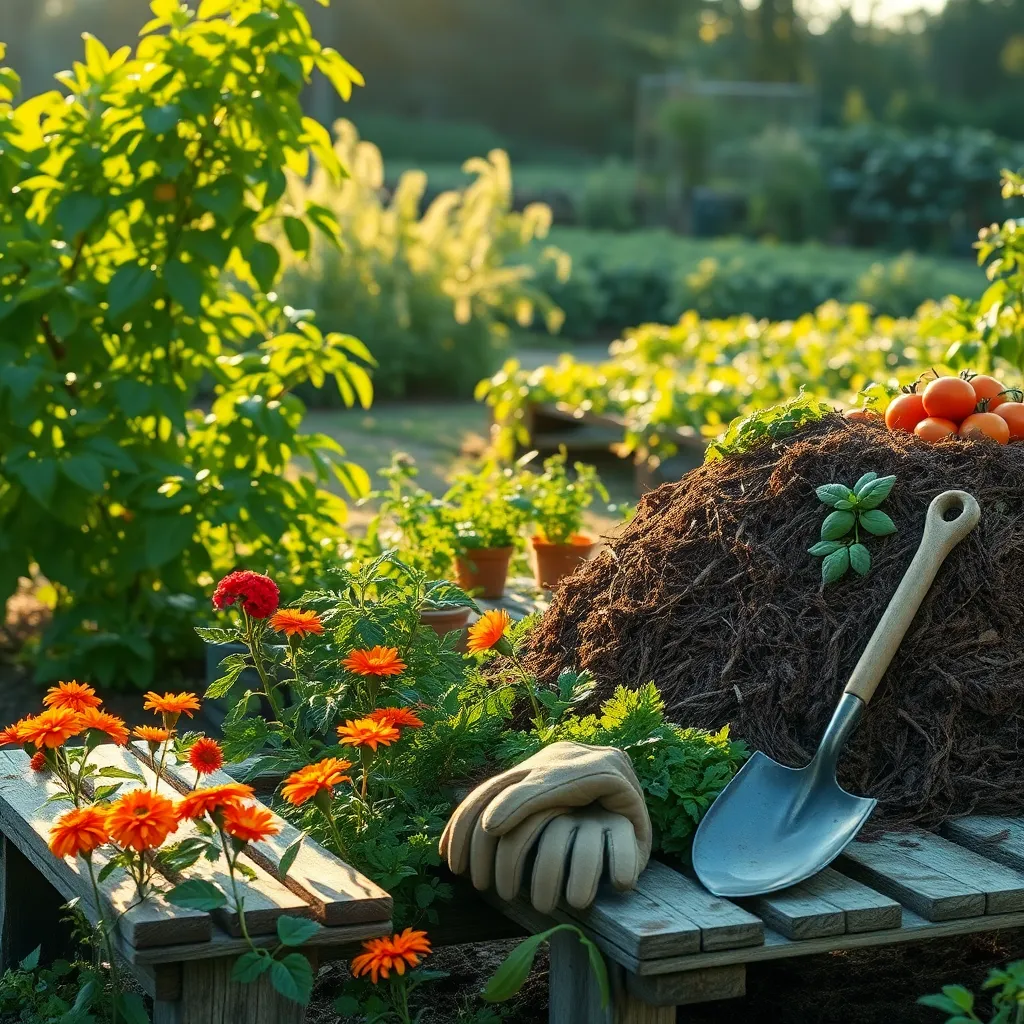
Understanding the weather is crucial when deciding the best time to start a compost pile. Mild temperatures in spring and fall provide ideal conditions for decomposition, as extreme heat or cold can slow the process.
In regions where winters are harsh, it’s best to begin composting in early spring. This gives your pile a chance to establish before the cold sets in, ensuring it’s active and breaking down materials efficiently.
During hot summers, consider positioning your compost pile in a shaded area. This simple adjustment helps prevent the pile from drying out, maintaining necessary moisture levels for microbial activity.
For those in rainy climates, creating a covered compost pile can be beneficial. A lid or tarp will prevent excessive rainfall from waterlogging your pile, which can hinder aeration and slow decomposition.
- Check your local weather forecast to plan the best time to start your compost.
- Monitor the moisture level of your compost regularly, as weather changes can impact it.
- Adjust the location of your compost pile if needed, based on seasonal weather conditions.
- Be patient; understanding your climate and how it affects composting will lead to better results.
Understanding Material Breakdown Times
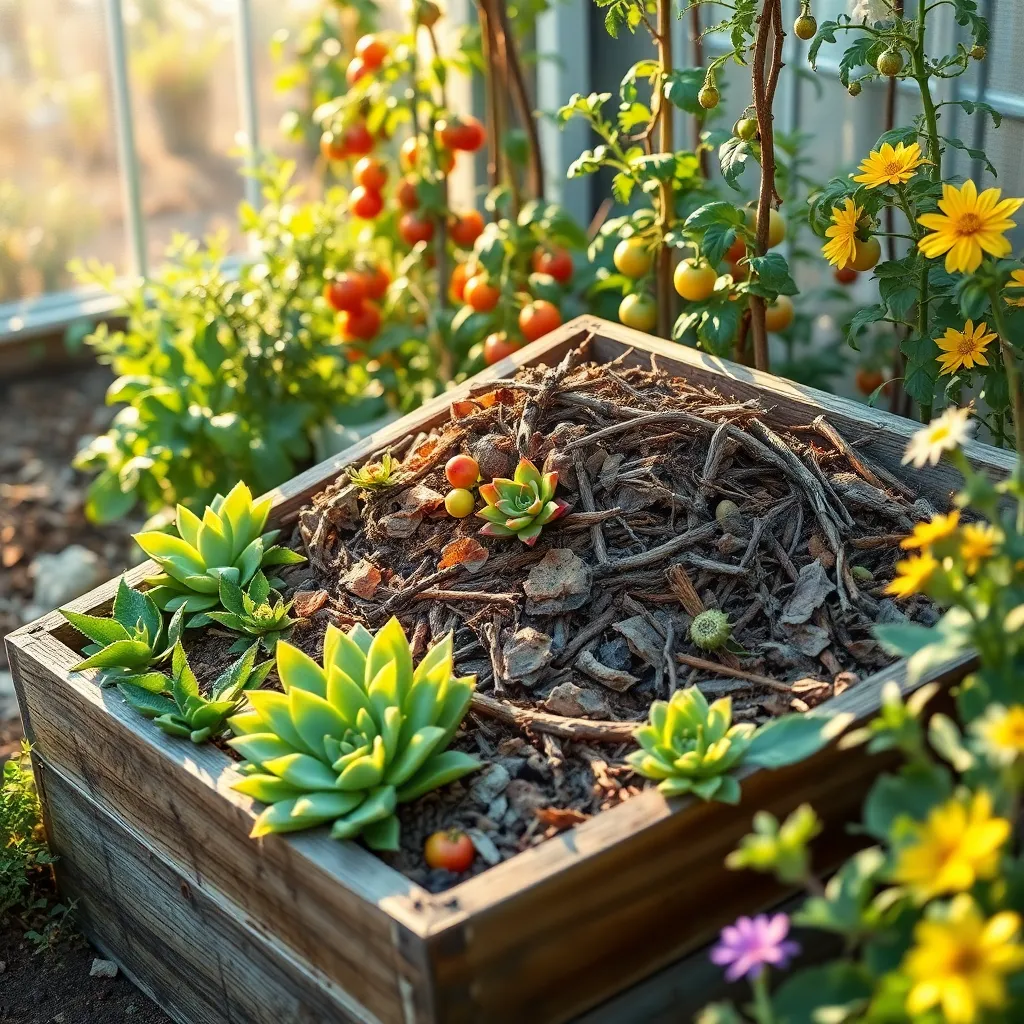
Understanding the breakdown times of various materials in your compost pile is crucial for effective composting. Some materials decompose faster than others, impacting the overall efficiency and timing of your compost production.
Materials like fruit and vegetable scraps, coffee grounds, and grass clippings are considered quick decomposers. These items can start breaking down in just a few weeks, especially if they are shredded or chopped into smaller pieces before adding them to the pile.
On the other hand, items such as wood chips, branches, and corn cobs are slow decomposers. These can take several months to several years to fully break down, so consider using a chipper or shredder to speed up the process.
To optimize your compost pile, balance quick and slow decomposers to maintain an even breakdown rate. An ideal compost pile has a mix of green materials (nitrogen-rich) and brown materials (carbon-rich), aiming for a ratio of roughly 2:1.
Ensure your pile is kept moist, akin to a wrung-out sponge, which helps all materials break down more efficiently. Regularly turning your compost pile every few weeks will also aid in aeration and speed up the decomposition process.
Monitoring Initial Decomposition Stages
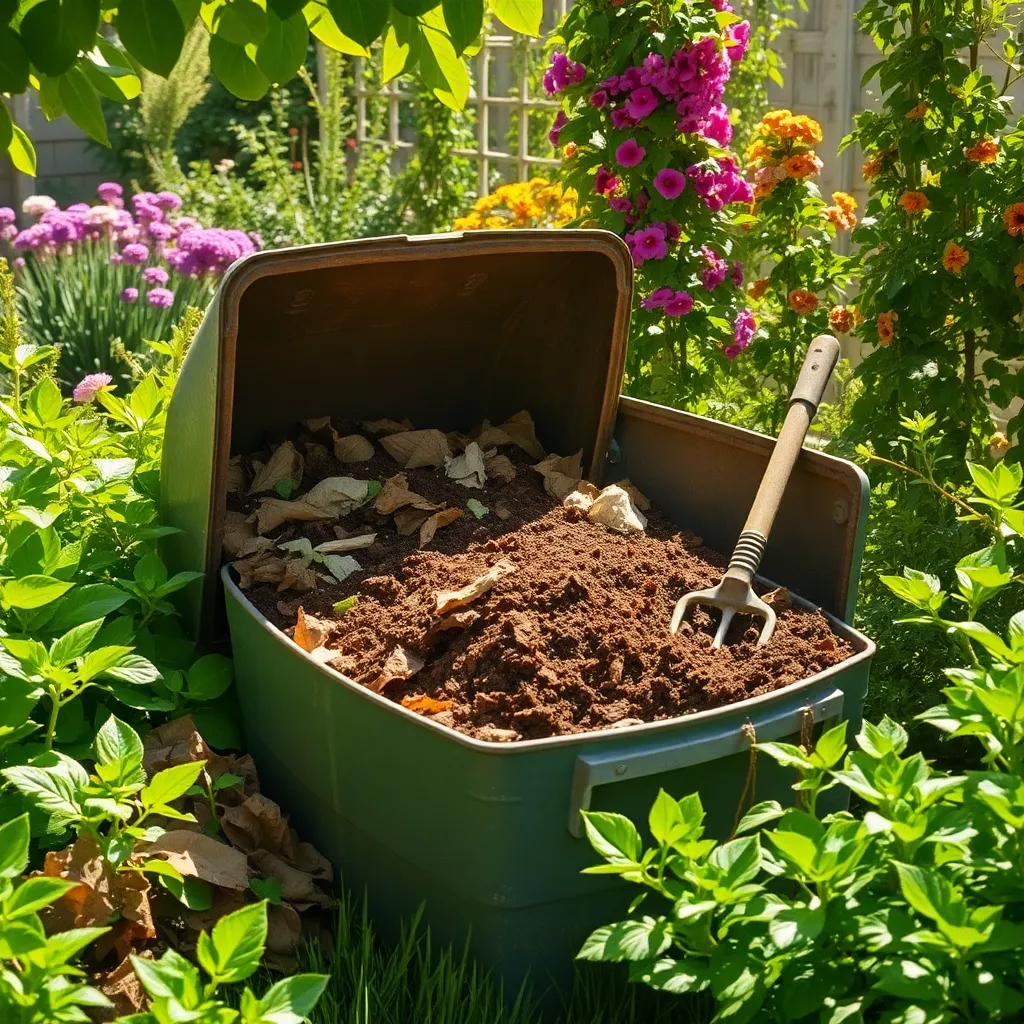
The initial stages of decomposition are crucial for an effective compost pile, and monitoring these stages can help ensure success. Begin by regularly checking the temperature of your compost pile; a kitchen thermometer can be a handy tool for this purpose.
Compost piles generate heat as they decompose, and you should expect temperatures to reach between 135°F and 160°F (57°C to 71°C) in the first few weeks. If the pile isn’t heating up, it may be too small or need more nitrogen-rich materials like grass clippings or kitchen scraps.
Adequate moisture is another key factor in the decomposition process. The compost should feel like a damp sponge, so aim to water it when it feels too dry or cover it if it’s too wet.
Frequent turning of the compost pile can significantly aid in maintaining optimal conditions. Aim to turn the pile every one to two weeks to introduce oxygen, which helps break down materials more efficiently.
Conclusion: Growing Success with These Plants
In navigating the journey of building and sustaining a relationship, understanding when to start a compost pile serves as a metaphor for nurturing love and connection. First, recognize the importance of timing, ensuring both partners are ready to invest in growth. Second, embrace the value of commitment, which, like composting, requires patience and dedication. Third, prioritize communication, allowing the exchange of ideas and feelings to enrich the partnership. Fourth, cultivate resilience, understanding that challenges, like organic waste, can be transformed into fertile ground for growth. Finally, celebrate continuous evolution, knowing that relationships are ever-changing and require ongoing attention.
As an actionable next step, set aside dedicated time this week to discuss these concepts with your partner, focusing on how you can jointly nurture your relationship. Remember, successful relationships are built on intentional actions and mutual support.
For future reference, bookmark this article to revisit these insights whenever you need a reminder or guide. Embrace the journey, as every step you take together brings you closer to a thriving and fulfilling relationship. With a commitment to growth, your relationship can flourish like a well-tended garden, thriving with love and understanding.

